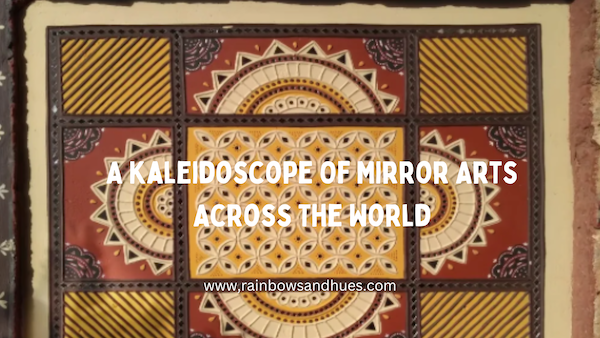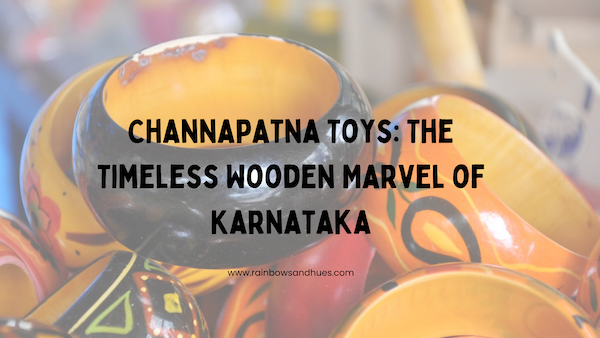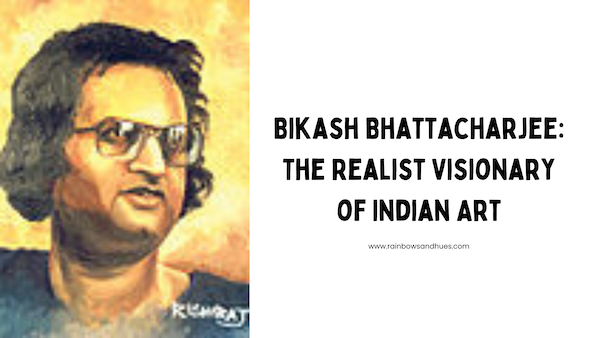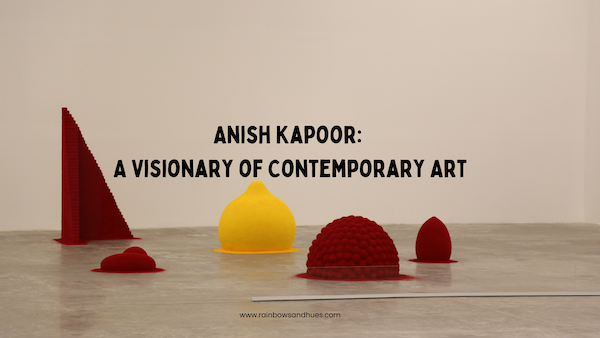Mirrorwork, also known as Shisha or Abhla Bharat, is a captivating art form that has been an integral part of India’s rich cultural tapestry for centuries. This intricate craft involves the use of small mirrors, which are embedded into fabric, walls, or furniture to create stunning decorative pieces. Each region of India has its own unique style of mirror work, reflecting the diverse cultural heritage of the country. Let’s explore the different types of mirror works in India, their origins, and what makes them so special.
Also Read: Unraveling the Enchanting World of Gond Art
Origin Story
Mirror work in India dates back to the 17th century, with origins deeply rooted in the regions of Gujarat and Rajasthan. It is believed that Persian traders introduced this technique to India, where it was quickly adopted and adapted by local artisans. The Mughals, known for their love of intricate art and architecture, also played a significant role in popularizing mirror work in India. Over time, this art form spread to other parts of the country, each region developing its own distinctive style.
Types of Mirror Work
1. Shisha Embroidery
Region: Gujarat, Rajasthan, Haryana
Interesting Facts:
- Shisha embroidery, or mirror work, is traditionally done by women.
- It is commonly used in traditional garments such as ghagra cholis and dupattas.
- This art form is also used to decorate home furnishings like cushion covers and wall hangings.
How to Create: To create Shisha embroidery, artisans use a needle and thread to attach small mirrors to the fabric. The mirrors are held in place with a series of intricate stitches that form decorative patterns around the edges.
Also Read: Incorporating Dried Flowers in Resin Art: A Guide
2. Aranmula Kannadi
Region: Kerala
Interesting Facts:
- Aranmula Kannadi are metal-alloy mirrors, unique to the village of Aranmula.
- These mirrors are believed to bring good luck and are often used in religious rituals.
- The technique for making these mirrors is a closely guarded secret, passed down through generations.
How to Create: Crafting an Aranmula Kannadi involves a complex process of alloying metals to create a highly reflective surface. The mirror is then polished to perfection by skilled artisans.
3. Lippan Kaam
Region: Kutch, Gujarat
Interesting Facts:
- Lippan Kaam is also known as mud and mirror work.
- This art is traditionally used to decorate the interiors of rural homes in Kutch.
- The combination of earthy textures and reflective mirrors creates a unique aesthetic.
How to Create: Artisans mix mud and camel dung to create a pliable paste. They then shape this paste into intricate designs on walls and embed small pieces of mirrors to add a reflective element.
Also Read: A Comprehensive Guide to Chalk Paints
4. Pattachitra with Mirrors
Region: Odisha
Interesting Facts:
- Pattachitra is an ancient form of scroll painting, which now sometimes incorporates mirrors.
- This blend adds a modern twist to traditional mythological themes.
- The reflective surfaces enhance the visual appeal of these intricate paintings.
How to Create: Artisans paint detailed designs on cloth or dried palm leaves. Small mirrors are strategically placed within the artwork to highlight certain elements and add depth.
5. Tanjore Paintings with Mirrors
Region: Tamil Nadu
Interesting Facts:
- Traditional Tanjore paintings are known for their use of gold foil and precious stones.
- Mirrors are sometimes incorporated to accentuate the detailing.
- These paintings often depict Hindu deities and mythological scenes.
How to Create: Artists start by sketching a design on a wooden board. They then apply gold foil and precious stones, adding small mirrors to enhance the overall richness of the painting.
Also Read: Exploring the Enchanting World of Kantha Stitch
6. Rajasthani Furniture with Mirror Work
Region: Rajasthan
Interesting Facts:
- Traditional Rajasthani furniture often features embedded mirrors.
- This style adds elegance and a touch of sparkle to wooden furniture.
- Each piece is handcrafted, showcasing the region’s rich artistic heritage.
How to Create: Artisans carve intricate designs into wooden furniture. Small mirrors are then embedded into these carvings, creating a stunning interplay of light and texture.
7. Banjara Mirror Work
Region: Andhra Pradesh, Telangana
Interesting Facts:
- The Banjara community is known for its vibrant textiles, which feature mirror work.
- These textiles often include bold patterns and extensive use of mirrors.
- The designs reflect the nomadic lifestyle and cultural heritage of the Banjaras.
How to Create: Artisans embroider small mirrors onto fabric using colourful threads. The mirrors are arranged in geometric patterns, creating eye-catching designs.
Also Read: Glimpsing Tanjore Art: A Journey Through History and Technique
Global News About Mirrorwork
Mirrorwork has gained international acclaim, with designers and artists around the world incorporating these traditional techniques into contemporary art and fashion. Exhibitions showcasing Indian mirror work have been held in major cities, attracting global audiences. Fashion designers have also embraced mirror work, featuring it in high-profile runway shows and collections, bringing this traditional art form into the modern fashion scene.
BUY FANCY MIRRORS FOR MIRROR ART
What Makes Mirrorwork Special
The unique appeal of mirror work lies in its ability to combine tradition with modernity. The reflective surfaces of the mirrors add a dynamic element to the art, playing with light and creating an ever-changing visual experience. Each piece of mirrorwork is a testament to the skill and creativity of the artisans, blending intricate designs with vibrant colours and textures.
Mirror mosaics are not just about aesthetics; they carry deep cultural and symbolic meanings. In many cultures, mirrors are believed to ward off evil spirits and bring good luck. This belief is particularly strong in Indian traditions, where mirror work is often used in wedding decorations and festive attire.
Another fascinating aspect is the craftsmanship involved. Creating a mirror mosaic requires meticulous precision and patience. Each mirror piece is carefully cut and placed to form a cohesive design. The interplay of light and reflection creates a dynamic visual experience that changes with the viewer’s perspective.
Artist Yayoi Kusama’s Infinity Mirror Rooms use mirror mosaics to create immersive environments that play with light and reflection. These installations have been exhibited in major museums, drawing huge crowds and critical acclaim.
How to Create Mirror Mosaics
Creating a mirror mosaic involves several steps:
- Design the Pattern: Start with a design. Sketch it on paper or directly onto the surface where the mosaic will be created. Ensure the design is clear and detailed.
- Gather Materials: You will need mirrors, a glass cutter, adhesive, grout, and a surface to work on. Choose mirrors that are easy to cut and handle.
- Cut the Mirrors: Use a glass cutter to carefully cut the mirrors into the desired shapes and sizes. Wear safety gloves and goggles to protect yourself.
- Adhere the Mirrors: Apply adhesive to the back of each mirror piece and place it on the surface according to your design. Press firmly to ensure it sticks well.
- Grout the Mosaic: Once the adhesive is dry, apply grout to fill the gaps between the mirror pieces. Use a sponge to wipe away excess grout and clean the mirrors.
- Polish and Finish: After the grout is set, polish the mirrors to remove any residue and bring out their shine.
BUY ACRYLIC MIRROR ROUND GOLD
Conclusion
Mirrorwork is a dazzling and versatile art form that showcases the rich cultural heritage and artistic ingenuity of India. From the intricate Shisha embroidery of Gujarat to the unique Aranmula Kannadi of Kerala, each type of mirror work tells a story of tradition, craftsmanship, and innovation. Whether used in traditional attire, home decor, or contemporary art, mirror work continues to captivate and inspire, reflecting the timeless beauty and diversity of Indian art.
Also Read: Lippan Art: A Unique Blend of Tradition and Craftsmanship
***
Hop over to www.rainbowsandhues.com to explore exciting offers on arts & craft supplies on our website!
Follow @rainbowsandhues on Instagram to get regular information on new products and deals!




